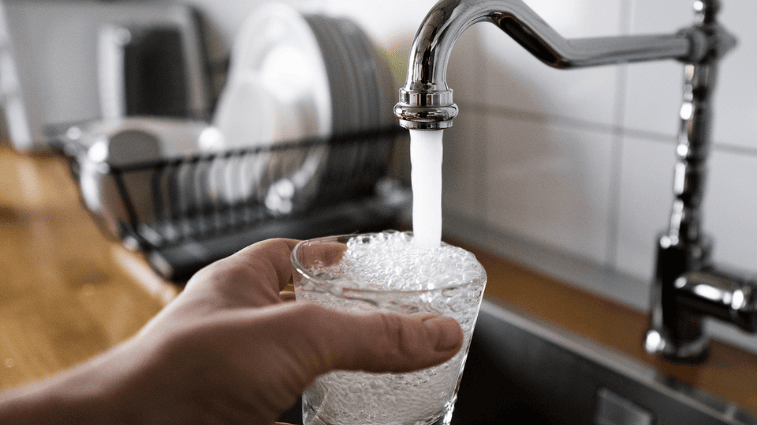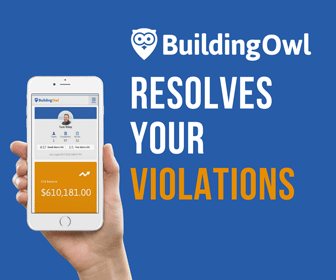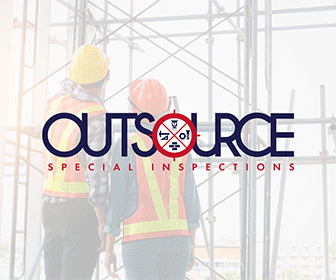
Leaving Lead Behind: How NYC Plans to Replace Lead Pipes
One in five New Yorkers may be drinking lead-contaminated water, according to an alarmingly recent report. With over 150,000 lead pipes citywide, replacing our infrastructure will be a colossal undertaking—and the plans are already in motion.
In October, the Environmental Protection Agency (EPA) allocated an additional $2.6 billion in federal funding for the removal of lead pipes. The organization also announced the most stringent restrictions on lead in drinking water to date, aiming to replace all lead pipes in the United States by 2037.
The reservoirs and aqueducts feeding New York City’s water system are completely lead-free, but service lines made from the toxic metal still exist across the five boroughs. As the pipes corrode, lead contaminates the drinking water of every residence on the service line, so the impact of just one faulty pipe is broader than it may seem.
To make matters worse, poor recordkeeping and negligence has made it difficult to know the material of any given service line. When estimating the effects of lead on drinking water in NYC, it’s important to remember that our records may not be the full picture.
Leaving Lead Behind: How NYC Plans to Replace Lead Pipes
The EPA’s new regulations for lead pipes will take effect in 2027, allowing lawmakers two years to plan repairs. That might seem like a long way away, but once the replacement work begins, it must proceed at a rapid rate over the course of 10 years.
“EPA continues to deliver water investments that are eliminating health risks across all communities, including those most affected by aging infrastructure,” said EPA Regional Administrator KC Becker in a press release. “This historic funding will ensure our water providers have what they need to identify and replace lead pipes so everyone in our region can access safe drinking water.”
While undoubtedly the most extensive, this will not be the first major attempt to eliminate lead from a city’s water infrastructure. In 2019, Newark, New Jersey began replacing all of its deteriorating lead service pipes, resulting in 23,000 successful replacements.
In that same year, the NYC Council enacted NYC Local Law 65, requiring the Department of Environmental Protection (DEP) to publish all records of service line materials in NYC. This data has been continuously updated every six months to ensure that any discrepancies are quickly corrected. See the official map to check if your property is affected.
The DEP took another significant step towards eradicating lead pipes in 2022, after launching a federally funded pilot program to replace lead service lines for Bronx, Brooklyn, Queens and Staten Island homeowners. The program was renewed for the Bronx in July 2024, after successfully replacing 600 service lines. Replacements can typically cost more than $10,000, leaving disadvantaged communities vulnerable to lead poisoning.
While these cases present a picture of progress, much of lead legislation is as yet undecided. A proposed bill in June suggested shifting the cost of replacements to homeowners, which would require individual property owners to independently schedule, pay for, and secure permits for these construction projects. Environmental activists opposed this bill, instead placing the impetus of financial responsibility on federal or city funding. So far, $17.5 billion of the estimated expenses will be covered by federal funding, but the city is on the hook for the remaining $27.5 billion — and someone must pay the difference.
Lead is Lethal
Even at low levels, lead exposure can cause serious damage to the brain, kidney, and cardiovascular system. While adults usually make full recoveries, children under 6 are at a far greater risk for adverse health effects, often suffering permanent developmental delays and behavioral issues. According to the Centers for Disease Control (CDC), U.S. Food and Drug Administration (FDA), and World Health Organization (WHO), “no safe blood lead level has been identified.”
If you think your building is serviced by lead pipes, you should first verify the presence of lead in your drinking water via a free testing kit provided by the DEP. These kits can be ordered online, or by calling 311. It’s important to note that kits are available for residential buildings only — businesses and other property types must meet the lead testing requirement independently.
If lead pipes have been identified, building owners will be expected to replace the pipes within 45 days. Failure to replace all pipes by the deadline could lead to civil penalties of up to $1,000.
Certain homeowners may be eligible for free replacements of private water service lines. Either the DEP or the Department of Design and Construction (DDC) will notify these homeowners by letter. Previous free replacement programs have targeted specific neighborhoods, but the city’s range may expand in the future, depending on upcoming legislation.
Conclusion
For more detailed guidance on how these restrictions will affect your property or upcoming projects, reach out to the experts at Outsource Consultants, Inc. for expert consultation on all things building code and zoning.
Resources








